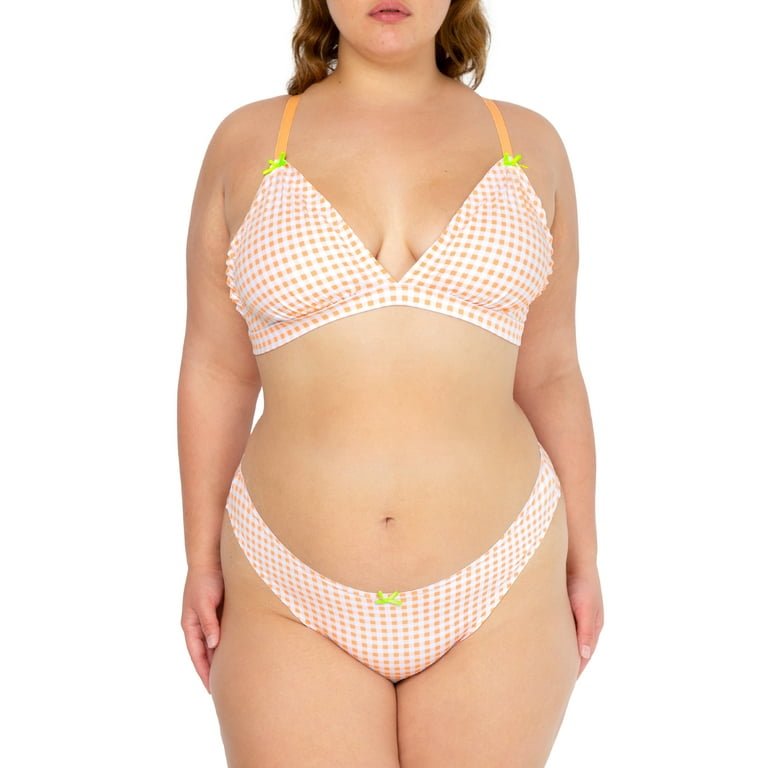
Bathrooms are among the most humid and moisture-prone areas in any building. Left unchecked, this constant exposure to steam and water can lead to problems such as mould, mildew, and structural damage. To combat this, many homeowners and professionals are turning to bathroom panels, which are specifically designed to resist mould and moisture buildup.
Bathroom panels are made from water-resistant materials like PVC, acrylic, or high-pressure laminate. These surfaces naturally repel moisture and create a physical barrier between water and the underlying wall. Unlike tiles, which have porous grout lines where moisture can settle, bathroom panels offer a smooth, nearly seamless finish that leaves no room for damp to take hold.
One of the biggest advantages of bathroom panels is their ability to maintain a clean, hygienic surface over time. The risk of mould is significantly reduced because panels don’t trap water in joints or seams. This makes them an ideal choice for wet areas such as shower enclosures, around bathtubs, or behind bathroom sinks. Where traditional materials might develop black spots or discolouration, well-installed panels maintain their appearance and performance.
The resistance to moisture also protects the wall structure itself. When water seeps through tile grout or behind poorly sealed surfaces, it can affect drywall, insulation, and even wooden frames. This not only causes damage but also creates the perfect environment for mould to grow unseen. With bathroom panels, the water stays on the surface and evaporates quickly, preventing internal damage and ensuring a longer lifespan for your bathroom.
In terms of maintenance, panels are far easier to care for than tile. There’s no need to scrub grout or apply harsh mould removers. A simple wipe with a damp cloth and mild soap is enough to keep the panels clean. This makes them especially suitable for households that want a low-maintenance solution or spaces that require frequent cleaning, such as rental properties or commercial bathrooms.
The installation process for bathroom panels also helps reduce the risk of future moisture problems. Many panel systems use interlocking edges or sealed joints that prevent water from leaking through. Some panels can even be installed over existing tiles, sealing in old surfaces and creating a fresh, waterproof layer. This added convenience makes bathroom panels a popular option for quick renovations or upgrades.
Aesthetically, modern bathroom panels don’t compromise on style. They are available in a wide range of finishes that include stone, marble, wood, and gloss effects. These designs not only add a contemporary look but also mimic the textures and colours of more traditional materials without the maintenance challenges. This versatility allows you to protect your walls while still achieving the appearance you want.
In conclusion, bathroom panels provide a reliable and attractive solution to the common issue of moisture and mould buildup. Their moisture-resistant materials, seamless design, and easy upkeep make them a practical alternative to tiles. Whether you’re renovating a family bathroom or designing a new one from scratch, panels offer peace of mind and long-lasting protection in a humid environment.






